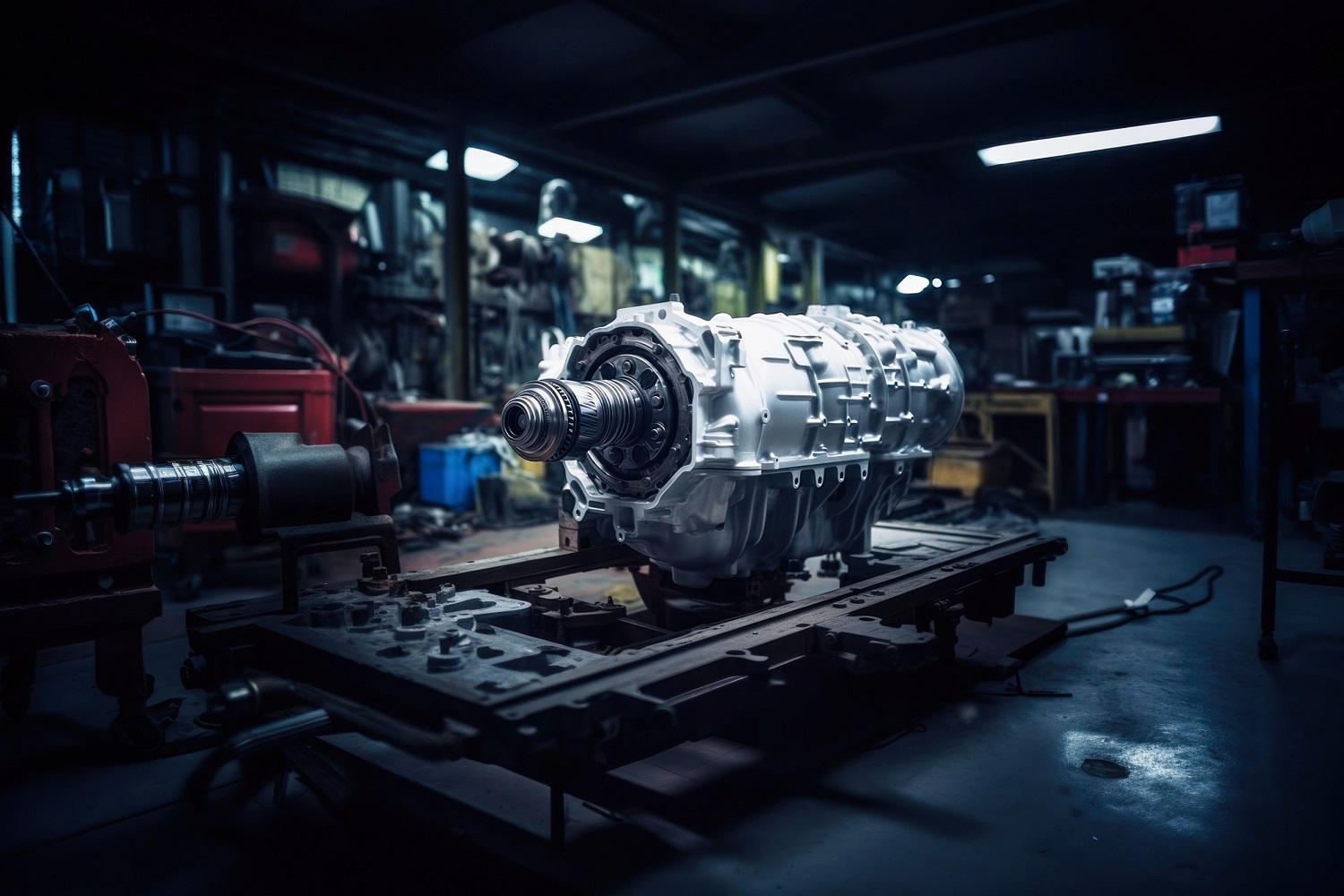
In the sprawling realm of vehicular intricacies, few components bear the weight of responsibility quite like the transmission—and if something goes wrong, Transmission City & Automotive Specialists have your back. Often referred to as the vehicle’s gearbox, the transmission plays a pivotal role in ensuring the seamless transition of power from the engine to the wheels. However, despite its vital function, transmissions are not immune to the wear and tear that accompanies the passage of time and miles on the road. Understanding why transmissions in vehicles break requires delving into the labyrinthine world of mechanical intricacies, human behaviors, and the unpredictable nature of the driving environment. At the heart of transmission failures lie several culprits, each weaving a complex narrative of wear, stress, and occasional neglect. One of the primary factors contributing to transmission breakdowns is overheating. Transmissions operate under optimal conditions within a specific temperature range. Prolonged exposure to high temperatures, whether due to aggressive driving, towing heavy loads, or insufficient fluid levels, can lead to thermal stress. This stress, in turn, causes vital components like seals and gaskets to deteriorate, paving the way for leaks and subsequent malfunction. Insufficient or contaminated transmission fluid serves as another catalyst for failures. Transmission fluid not only lubricates moving parts but also acts as a coolant and a hydraulic fluid, ensuring the smooth operation of gears and clutches. When the fluid levels are low or compromised by contaminants, the transmission is forced to operate under duress. Abrasive particles or lack of lubrication can lead to friction, wearing down delicate components over time. Regular fluid checks and timely replacements are essential in preserving the integrity of the transmission. Human behaviors, often underestimated in their impact, contribute significantly to transmission issues. Aggressive driving habits, such as abrupt acceleration, frequent hard braking, and neglecting to come to a complete stop before shifting between reverse and drive, place undue stress on the transmission. These behaviors create shockwaves through the system, straining gears, clutches, and torque converters. Additionally, towing loads that exceed the vehicle’s recommended capacity places an immense burden on the transmission, accelerating wear and increasing the likelihood of breakdowns. Furthermore, delayed maintenance and neglect of the transmission system can lead to its untimely demise. Regular servicing, including fluid checks, filter replacements, and inspections, allows technicians to detect minor issues before they escalate into major failures. Neglecting these routine check-ups, on the other hand, allows minor problems to fester, eventually compromising the entire transmission system. The cost-effective practice of preventive maintenance often proves to be the unsung hero in the battle against transmission failures. Environmental factors also play a role in the breakdown of transmissions. Extreme weather conditions, especially in regions with harsh winters or scorching summers, can impact the viscosity of transmission fluid. Cold temperatures cause the fluid to thicken, hindering its ability to flow smoothly, while excessive heat can lead to fluid degradation. Both scenarios strain the transmission, making it susceptible to damage. Additionally, driving in hilly terrains or stop-and-go traffic places an additional burden on the transmission, leading to accelerated wear over time. Lastly, design flaws or manufacturing defects in specific vehicle models can contribute to transmission failures. While modern automotive engineering has significantly improved the reliability of transmissions, occasional oversights or faulty components can still lead to unexpected malfunctions. Manufacturers, recognizing these issues, often issue recalls or technical service bulletins to address potential transmission problems, highlighting the importance of staying informed about one’s vehicle model and its history. In conclusion, the reasons behind transmission failures are as diverse and intricate as the transmissions themselves. From thermal stress and contaminated fluid to human behaviors and environmental factors, each element weaves into the complex tapestry of transmission breakdowns. Understanding these factors empowers vehicle owners to adopt proactive measures, from regular maintenance to mindful driving habits, in preserving the longevity and functionality of their transmissions. The transmission, a marvel of mechanical engineering, demands our respect and care. It operates silently, ensuring our journeys are smooth and uninterrupted. By acknowledging the delicate balance of forces at play, we can play an active role in the transmission’s longevity. In a world where vehicular reliability is paramount, our awareness and diligence stand as guardians, protecting the intricate gearbox that enables us to traverse the roads with confidence and grace. If you’re having vehicle trouble, stop by Transmission City & Automotive Specialists for a quote.